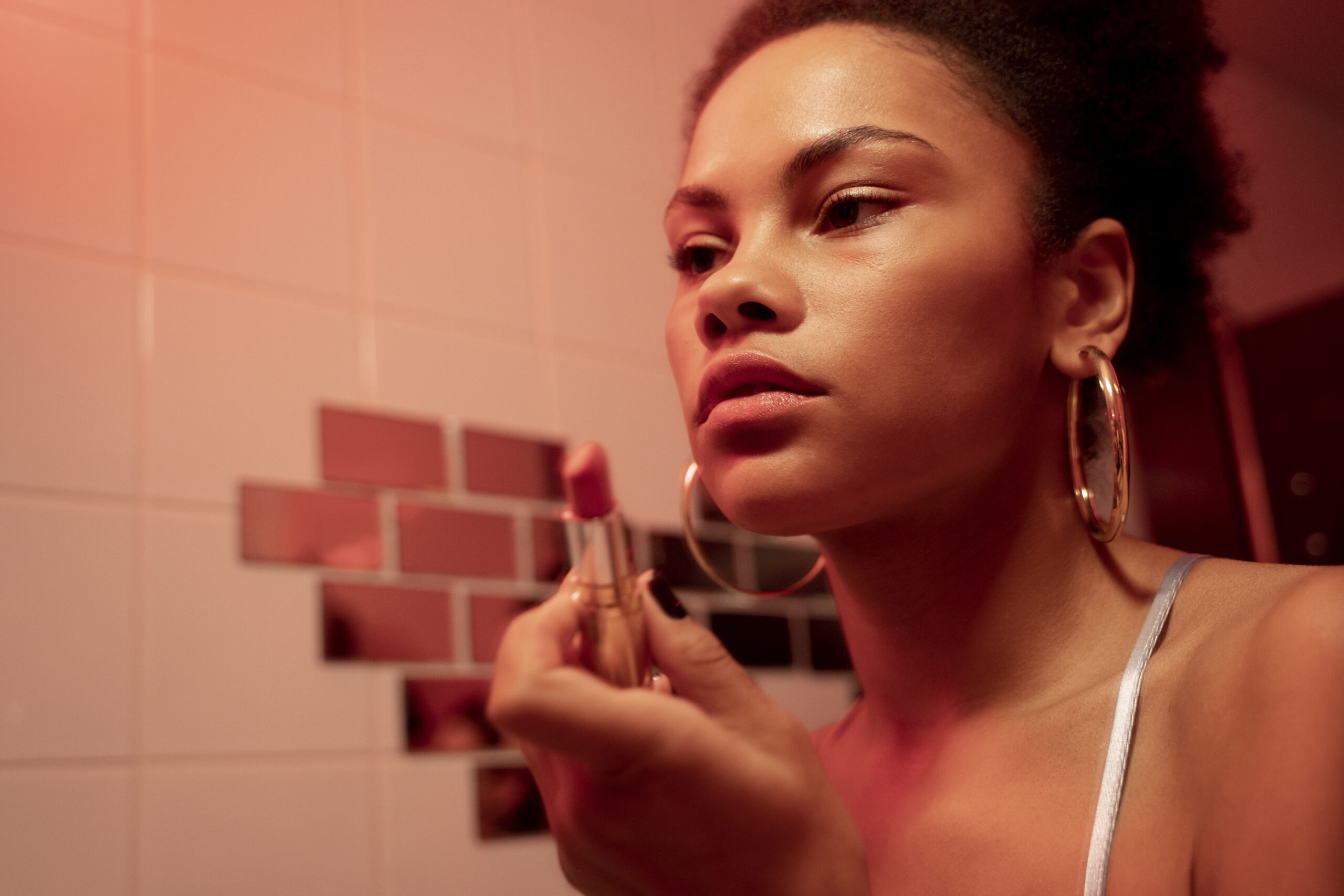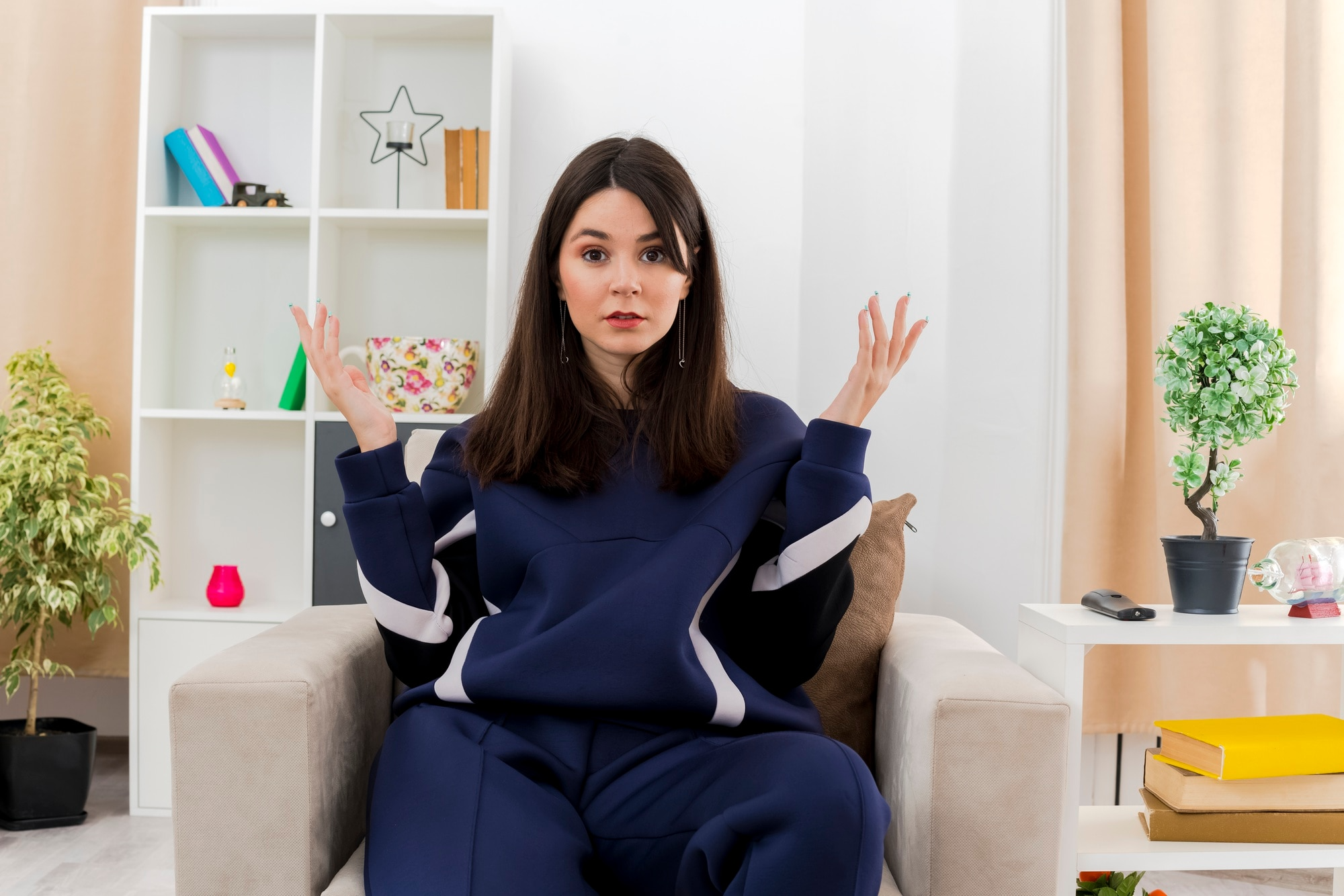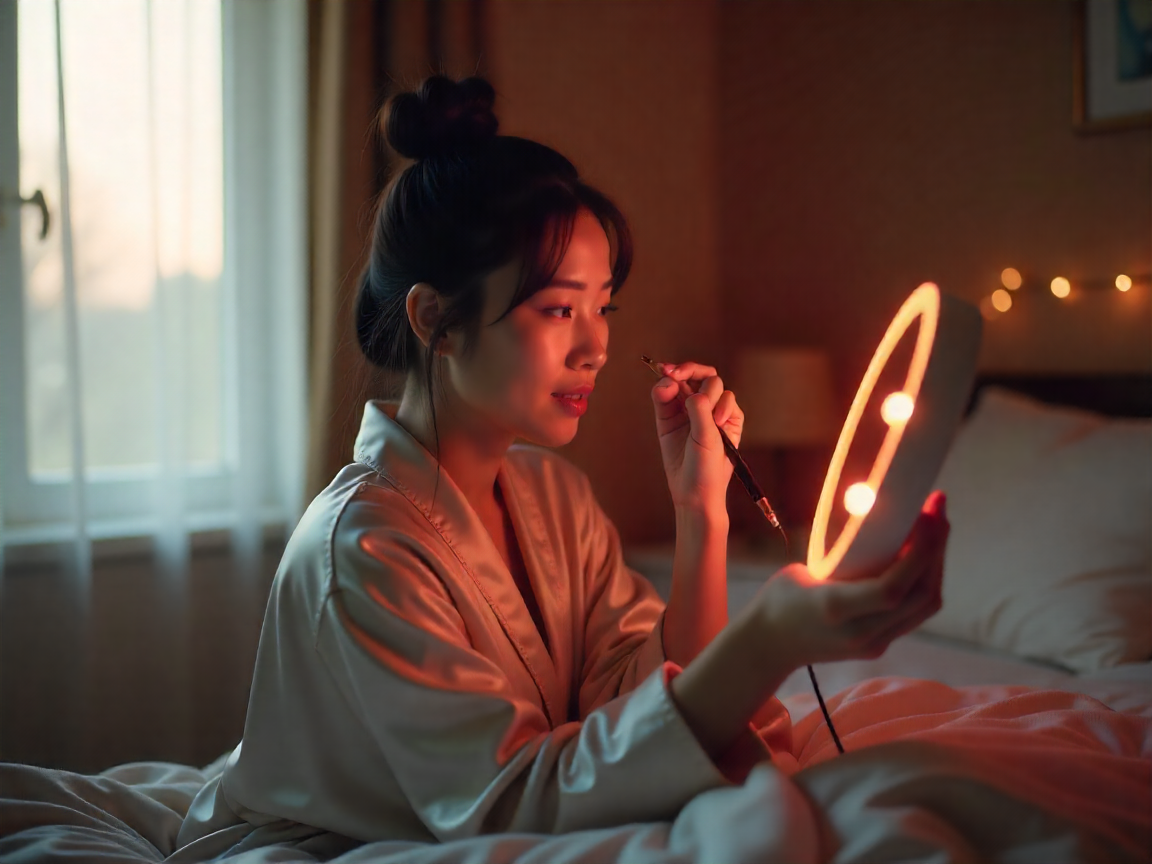Introduction: A New Digital Identity Emerges
In these days’ rapid-paced, hyper-visible net way of life, how we define beauty and impact is constantly evolving. One of the standout identities that has emerged within the virtual panorama is “BaddieHub Ebony” — a word that captures some distance greater than floor-level fashion. It represents a complex cultural expression rooted in empowerment, visibility, and authenticity for Black ladies navigating digital spaces.
While the period is regularly observed in hashtags, forums, or niche content platforms, its deeper importance lies in how it’s redefining modern Black womanhood. It’s approximately proudly owning aesthetics, commanding presence online, and breaking long-standing societal boundaries.
Breaking Down the Term: What Is “BaddieHub Ebony”?
Let’s unpack it.
- “Baddie” is a period from Black vernacular that historically refers to a girl who exudes confidence, glamour, and boldness.
- “Hub” implies a central location — an online platform or space for content exchange.
- “Ebony” is a celebration of Blackness, specifically the beauty and energy of Black women.
When fused, “BaddieHub Ebony” turns into a cultural signal — one which frequently describes online spaces or personas wherein Black girls, with a bit of luck, express themselves through fashion, splendor, and private branding.
But it’s not pretty much searching. It’s about reclaiming representation, especially in digital spaces wherein Black ladies have regularly been neglected, fetishized, or underrepresented.
Digital Liberation Through Style and Presence
In the arena of Instagram, TikTok, and content subscription services, the “baddie” aesthetic — long lashes, defined brows, laid edges, and high-fashion streetwear — is each a style and an assertion. But for Black ladiesespeciallyly the ones identifying with “BaddieHub Ebony,” it’s also a response to a history of invisibility.
Mainstream media hasn’t constantly welcomed Black beauty in its full variety of shades and functions. What BaddieHub Ebony represents is a radical act of self-love — of showing up in full glamour, curating one’s image without apology, and gaining social and financial capital through authenticity.
A Platform for Empowerment, Not Just Aesthetic
Unlike the one-dimensional portrayals frequently discovered in leisure, girls aligned with the BaddieHub Ebony identity are not passive items of admiration. They are creators, strategists, and marketers.
They’re using their platforms to:
- Launch beauty or clothing brands
- Build loyal communities around self-care and confidence.
- Collaborate with other Black creators to amplify each other’s voice.s
- Monetize digital content in ethical, self-controlled ways
At its middle, BaddieHub Ebony is set to take over space, both bodily and digitally, in a global that regularly tells Black women to cut themselves down.
Beyond Stereotypes: Authenticity in Representation
One of the most powerful aspects of the BaddieHub Ebony movement is how it shatters outdated stereotypes. Black women have historically been boxed into harmful archetypes — the “strong Black woman,” the hypersexualized figure, the mammy trope.
BaddieHub Ebony disrupts all of that. It allows women to be complex, layered, and nuanced:
- Sexy and spiritual
- Loud and introspective
- Vulnerable and powerful
It sends a message: Black women do not exist to fulfill someone else’s narrative. They define their own.
Culture, Confidence, and the Baddie Blueprint
What does a BaddieHub Ebony creator look like in action?
Picture this:
A young Black lady runs a TikTok channel wherein she evaluates inclusive splendor merchandise, shares her adventure embracing her natural 4C hair, and posts extremely good outfit shots that blend vintage African prints with modern streetwear. She uses her platform to talk approximately colorism, monetization, and the mental health toll of online scrutiny. She owns her image — no manager, no outside agent, just her voice.
This is the new blueprint of digital beauty and culture — one not filtered through traditional gatekeepers but forged through community, confidence, and clarity of purpose.
Challenges Faced in the Space
While the growth of BaddieHub Ebony spaces online is exciting, it hasn’t come without friction.
1. Algorithmic Suppression
Many Black creators report having their content shadowbanned or removed under vague “community guidelines,” especially when discussing race or sexuality — even when content is not explicit.
2. Imitation Without Credit
It’s not uncommon for aesthetics pioneered by Black women — from acrylic nail art to slang to fashion — to be appropriated by others who gain more traction and praise, erasing the originators.
3. Tokenism by Brands
Diversity campaigns occasionally characteristic Black ladies simplest during Black History Month or prominent social justice activities, without lengthy-time period funding for their careers.
These challenges point to a deeper issue: systemic virtual inequality, even on platforms constructed on person-generated content.
Redefining the Influencer Economy
The term “influencer” has been historically limited by racial and class bias, often centering whiteness. But BaddieHub Ebony creators are flipping the script. They are:
- Starting brands instead of just modeling for them
- Educating followers on finance, wellness, and social justice
- Creating pass-platform ecosystems (YouTube, TikTok, Patreon) to diversify income streams
- Owning their image and resisting exploitation
In this model, influence isn’t just about selling products — it’s about selling a mindset: authenticity, confidence, and independence.
The Role of Community and Sisterhood
Another pillar of the BaddieHub Ebony identity is the community aspect. Unlike traditional influencer culture, which can be competitive and isolating, many BaddieHub Ebony creators lean into collaboration over competition.
Whether it’s sharing pointers on content monetization, duetting different Black creators on TikTok, or selling local Black-owned organizations, the electricity is communal. The message is straightforward: We push upward together.
This shift has led to the creation of powerful virtual sisterhoods — safe areas where Black ladies confirm each other, construct wealth, and nurture resilience.
Ebony in Media: Not Just a Tagline
The word “ebony” once carried a certain magazine-polished elegance. Today, it still holds prestige but also carries grassroots, tech-savvy grit. It’s more than an aesthetic — it’s a statement of pride in Blackness that is not watered down for mainstream comfort.
Creators in the BaddieHub Ebony space are refining what it means to be “seen.” Not by fitting in, but by standing out.
They blend ancestral pride with hypermodern expression — wearing box braids while coding websites, or twerking to Afrobeats while earning passive income through e-commerce.
It’s high culture meets subculture, with global resonance.
Looking Ahead: The Future of BaddieHub Ebony
As digital culture moves toward personalization, AI, and decentralization, the future of BaddieHub Ebony may involve:
- Virtual storefronts for Black-owned fashion lines
- Web3 content platforms where creators own their data and royalties
- AI-generated Black beauty avatars made by Black developers
- Cultural licensing to protect original digital work from being misused
The trajectory is exciting but must be met with equipment for protection, fairness, and scalability.
Conclusion: More Than a Hashtag
BaddieHub Ebony is more than a trending phrase. It’s a living movement, powered by means of real girls claiming their narrative, hard systems, and setting new international standards for beauty, influence, and creativity.
In a global quick to commodify subculture, the real strength of this movement lies in the way it stays rooted in realness — in shared records, lived experience, and the unshakeable brilliance of Black girls who refuse to be erased.
Whether in a selfie, a runway walk, or a heartfelt video essay, the message is apparent:
“We are right here, we are enough, and we aren’t anticipating permission.”
Stay in touch to get more updates & alerts on BaddiehubX! Thank you




